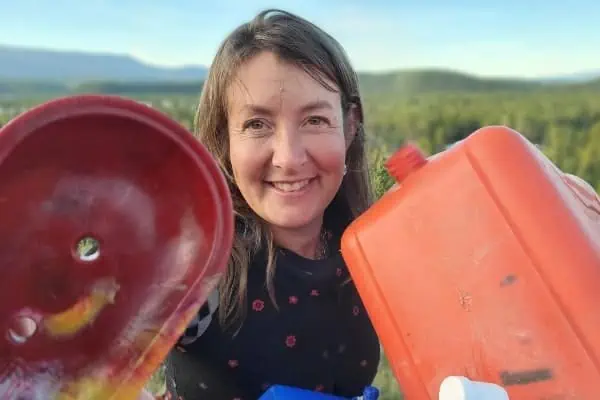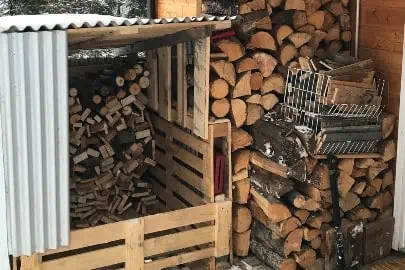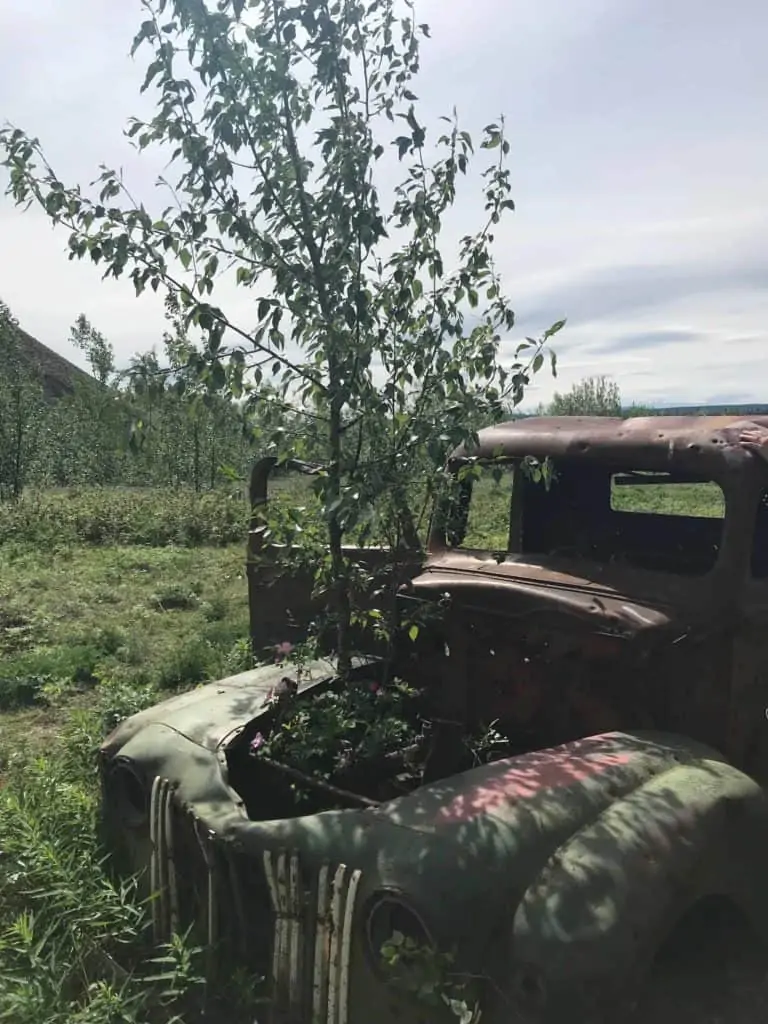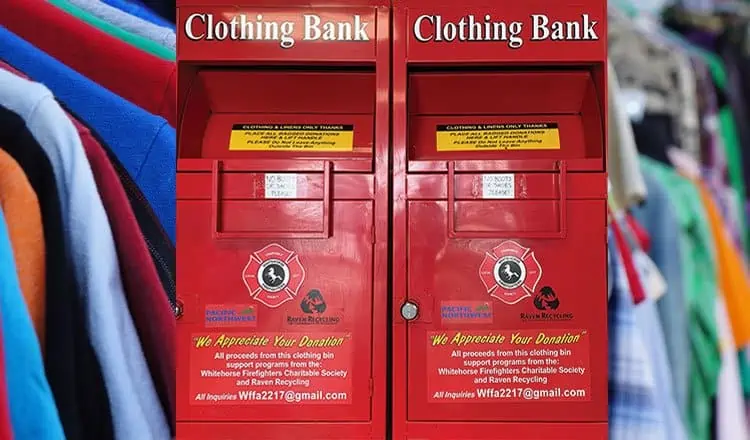I admit it. I collect cans. Because I can. It started when I had dogs. Their food was expensive and they ate a lot of it. Because I was carrying a plastic bag anyway when we walked around Porter Creek, I picked up refundable cans and cashed them in to subsidize the dog food. I had great visions of making the dogs earn their keep by training them to be brave beerhunters, running ahead to detect fresh beer cans in the ditches and barking to let me know. Unfortunately, the dogs did not share my vision. They refused to play along, saying it was degrading. So I picked up cans without their help.
Even now that the dogs have departed, I continue to walk. I still pick up cans on a regular loop through Porter Creek and occasionally on country roads and trails. The neighbours find it mildly amusing, but it has led me to some interesting observations.
Strictly residential areas, e.g., those with “Crescent” or “Place” in their names, almost NEVER produce any discarded cans. Most cans come from major thoroughfares that have schools or businesses on them. Do people discard their cans before they get home or as they’re heading out to work?
The chance of finding can concentrations is highest in the parking lots of off-sales outlets where the cans are all flattened by vehicles. Yeah, scary. I avoid those areas in the evenings when business is brisk.
The can harvest has increased significantly since the start of COVID. Are people drinking more? Or just throwing more? Or both?
Along rural roads and ATV trails, the cans are generally beer, mostly Budweiser and Kokanee. In town, it’s largely energy drinks, cider and alcoholic coolers. Do the same people drink different beverages once they leave town?
Yukon Brewing and Winterlong have made minor inroads in recent years with the can-casting crowd, but they still have a long way to go. Or maybe they don’t want that market?
The can harvest at the high school starts off slowly in August and builds over the school year, with new cans appearing in the woods and parking lot on weekends, peaking the week after grad. Do students prefer a familiar area for after-school drinking?
Once I pick up all the cans in an area, new ones appear almost immediately. It’s interesting, or perhaps discouraging, to realize that refundable cans are a renewal resource.
Cans are by far the highest proportion of tossed refundables. Yes, there are some plastic water and rum bottles and even fewer glass beer bottles. But why do Yukoners love to throw cans?
A surprising number of cans are not empty. I’m not talking about a residual sip or two. These are new cans, a day or two old, sometimes half full, sloshing along sidewalks. There are even unopened cans. Maybe some Yukoners throw faster than they can drink.
But just how lucrative is this? I decided to count what I picked up just on my regular eight-kilometre route through Porter Creek. In the two-week period straddling the start of high school, I collected 260 refundable cans. That’s $6.50/week, which is more than $300/year on cans alone at that rate.
I haven’t calculated the bottle bonanza, but I’m sure the dogs would be impressed. And well fed.




